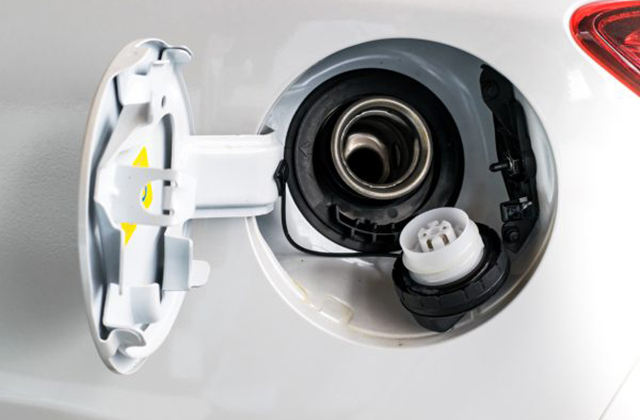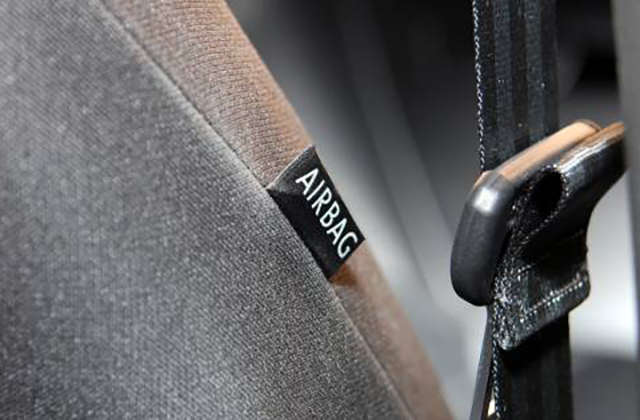Spectators may admire a car by its style, skin and look, however the car owner — besides passengers from time to time — is the one who see the vehicle’s interior each time he or she drives it. Therefore, keeping the interior of your customers’ cars clean, tidy and aromatic will in turn keep your customers and your bottom line happy. Our guide on starting a car detailing companies covers a quality service for the clients.
To rebel against the dirt and grime wreaking havoc on the inside of their cars, your customers will want to get back that factory feel and look from the outside in.
Interior detailing can range from simple tasks, such as vacuuming the floor mats and carpets, to full detailing which typically includes vinyl cleaning, dressing, carpet shampooing and leather conditioning services.
Interior cleaning serves various purposes:
- Makes a car more valuable for selling
- Extends the life of car components such as its seats and dashboard
- Makes your customers happy, improving satisfaction and profits.
For the purpose of this post, we will discuss a few basic interior cleaning tips sure to help carwashes, whether new or looking to extend their service offerings, target more customers.
Prep tip: Before starting with the actual cleaning, throw away the trash and take out other belongings from the car.
Vacuuming loose dirt
Dirt accumulates inside cars easily, whether driven frequently. The foremost step when it comes to interior cleaning is to vacuum up any loose dirt.
Materials needed: To carry out this step, you’ll need a crevice tool, a bristle-free upholstery attachment and vacuum cleaner.
Step one: If the floor mats in the car are equipped, remove them first and then carefully lift them. Dump off the dust and grit outside the car and beat the mats against a wall.
Step two: It’s now time to vacuum. Attach the bristle-free upholstery add-on to the vacuum hose and run the cleaner on the mats as well as the entire carpeted surface to completely remove the loose dirt. Moreover, run the same set up again over the carpet to agitate it in back and forth strokes with the vacuum attachment. This will loosen the dirt up and remove any debris deeper inside the carpet surface. Don’t forget to vacuum cushions and seat covers, areas around the driver’s pedal under the seats and anywhere else dust and dirt might collect.
Step three: Once all the carpet and fabrics have been swept, vacuum all the edges by placing the crevice tool over the vacuum hose.
Step four: To clean up the vinyl or rubber floors (if the car has any), use soap, water and a stiff-bristled brush. Use the vacuum cleaner to suck or dry the excess water over the rubber floor.
Cleaning plastic and vinyl
Cleaning a car’s vinyl surface is as important as cleaning the floor because it is the greatest restorative difference when it comes to detailing the car’s interior.
Materials needed: At this phase of cleaning, you’ll need a microfiber cloth and a good, but mild, vinyl cleaner.
Step one: Before you begin with the actual cleaning, wipe down all the vinyl and plastic surfaces thoroughly using a clean cloth to eliminate dust buildup.
Step two: Spray some vinyl cleaner onto the cloth, and wipe the plastic and vinyl surface for any stains or spots. Wipe down the dash panels, door panels, steering wheel cover, glove box and central console. Do this until you get a streak-free finish on all the car’s plastic and vinyl surfaces.
Warning: Do not apply vinyl cleaner directly onto the steering wheel because it can cause the wheel to become slippery, which may cause problems when the customer is driving.
Cleaning leather
Many cars are equipped with leather seats; so make sure to adequately clean this surface. Conditioning the leather every six months keeps them moisturized and supple to prevent from cracks and tears.
Materials needed: You’ll need a leather cleaner, leather conditioner and microfiber cloth.
Step one: Damp a clean cloth in some leather cleaner, and wipe all the leather seats (surfaces) thoroughly; then allow them to dry. Make sure you cover all the edges and crevices of the seats while wiping.
Step two: Take a clean cloth again, and apply a small amount of leather conditioner. In a circular motion, wipe down the full surface, and allow it to absorb and dry completely. Sponge or dab the excess conditioner off from the seating surface.
Crystal clear windows
Window/glass cleaning is the last step. This will help you clean any dust, cleaner or conditioner that settles on the windows during the cleaning process. And, for many, this may be the easiest part of the interior cleaning package.
Materials needed: To accomplish an effective window cleaning service, you’ll need a glass cleaner, microfiber cloth and an additional clean towel or cloth.
Step one: Spray a significant amount of glass cleaner onto a clean cloth/towel. However, make sure you don’t spray it directly on the window surface because this may leave spots on your clean vinyl surfaces.
Step two: Wipe the cloth over the window surface in an up-and-down motion, and then in a side-to-side motion. To clean the side windows, rub the cloth inside the surface, and then roll down the window five to six inches.
Step three: Make sure to also clean the window edge. Roll the window down to a few inches, and wipe the edges well using the cloth sprayed with the cleaner. Follow the same process for all windows.
If you feel the window surface is wet, use a separate microfiber cloth to dry them, helping to get a crystal clear window surface.
Finally, after you have finished cleaning the interior, put the floor mats, and any other belongings you put off to the side, back inside the vehicle.
The steps discussed in this blog post are some of the basic interior cleaning services carwashes and detailing centers can provide.
Congratulations! You now have a happy customer who may go tell his or her friends of the good service performed, leading to a stronger customer base and higher profit margins. Need help in detailing your ugly looking car? Click here!


